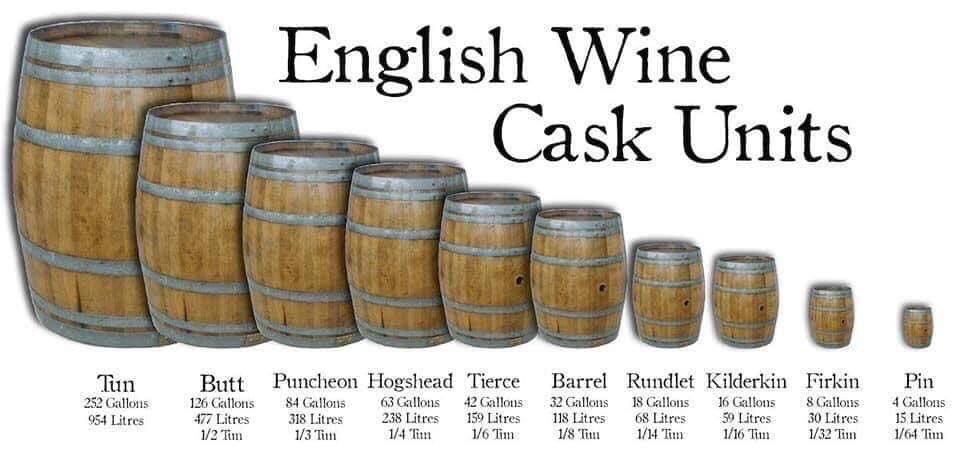-
Posts
1,867 -
Joined
-
Last visited
Content Type
Profiles
Forums
Gallery
Events
Everything posted by Chuck Seiler
-
Steven, It doesn't appear that your planks/strakes taper at the ends. Are they uniform width end to end or am I not seeing it properly?
-
Steven, You are progressing well. I had problems with the issue of transitioning the clinker into the rabbet at both ends of my cog. My efforts to transition from clinker to carvel did not work very well. I eventually did a version of Druxey's option 2.
-
Welcome!!!! Where are you from?
-
Greetings from Santee. Have you visited the San Diego Ship Modelers Guild yet?
-
I echo what others have said...it is a shame that you have lost interest since the model looks pretty good so far and you have made great progress. Sometimes taking a break from a model is the right thing to do, but be careful. If you put it on hold too long, you may not want to or be able to get back into it. I speak from experience.
-

For Beginners -- A Cautionary Tale
Chuck Seiler replied to ccoyle's topic in New member Introductions
You wouldn't be the first. I agree with Gregory, start with simpler kits. Build them for their own benefit but also as a work up to "Soleil". Check out the plans and instructions from time to time and if there are questions, work out the issues with the simpler models. Those are easier to deconstruct and rebuild. -

Divers Discover 2nd Century Military Ship off Egypt
Chuck Seiler replied to Ian_Grant's topic in Nautical/Naval History
The "Sea of Galilee Boat" used M+T joints and definitely reused wood. Not Egyptian. That was just the practice in the eastert Med area. -
You can never have too many clamps...or rubber bands. After a basic bevel of some edges, I soaked the plank and clamped it into position to dry. I checked Kyle's build log to see what methods he used and planned accordingly. I have some larger clamps but wanted to keep them small if I could. So far so good. We'll see what happens when I unclamp. The result was not bad. A close examination shows the bevel needs to be touched up a little, but nothing dramatic. Tomorrow I will don magnification and get to work.
-
I have reached the turn of the bilge. Wow, this looks a lot worse in the full light of day than it does with inside lighting. I didn’t get the edge to edge alignment I was hoping for so some of the strakes stand out prouder than others. It should look fine once sanded down (and I should be rich and handsome too, but not holding my breath). There appears to be many gaps in the planking, but that is merely the shadows cast from the proud planks. If you compare my planking to Lyle’s, you see I have it tapered at both ends while the kit supplied wood is only tapered at one. Planking gets more interesting from here. Not only do I have to do a horizontal bends and vertical edge bend, I now need to start adding a twist. The green arrows show where no twist is required. The red arrows show where a twist is required to follow the turn of the bilge. THEN we untwist. That will be an interesting feat. The Alaskan Yellow Cedar is pliable enough, when wet, to do the vertical and horizontal bends with no problem. I am sure it will handle the twist as well. Going into a twist and back out should prove interesting. I need to check Lyle’s build log to see how his went. The other problem is that up until now, I was able to use a 4 inch bar clamp (several of them) to clamp the strake because the pressure is straight down. With the twist, I am unable to do that. Scott and Lyle both used CA glue so the old 5 fingered clamps were good enough. I must ruminate.
-
Huh? I have never seen clinker with drop/stop planks. Is this viable? The other option would be to slightly increase the rise at bow and stern. Your lathe looks like mine. Good thing they didn't have tubas.
-
Sounds like a nice manageable size. If I make the Zimmerman model I would want to go 1:72 like my cog. It pencils out t a little over 12 inches.
-
You have selected a great model. Don't worry about making mistakes. That is how you learn. Rubbing alcohol is your friend. I have used it many times to unglue a mistake and make it right.
- 562 replies
-
- vanguard models
- alert
-
(and 2 more)
Tagged with:
-
Joseph, Welcome to "The Grand Society of Philadelphia Builders".
- 32 replies
-
- Model Shipways
- Philadelphia
-
(and 1 more)
Tagged with:
-
Steven, How long will your model be? I know you said 1:75, but I saw no specific dimensions.
-
Christian, On pages 23-27 he has 14 different seals; Santander, La Rochelle, Dunwich, Romney, Southampton, San Sebastian, Pevesey, Hastings, Rye, Hythe, Yarmouth, Dover, Nieuport and Faversham. He has Winchelsea and Sandwich prominently displayed elsewhere. On pages 105 thru 111 he has the diagrams I mentioned of all but the first 2. Steven, I think you made a good choice. As you mentioned previously, Winnie is one of the more artistic seals and it is very clearly rendered.
-
My copy of the Zimmerman book and plans has arrived. The plans are slightly different than the model depicted by Christian. Not sure why. The plans include a crow's nest castle (mast castle?) whereas the model does not. I don't speak or read German, but I was able to follow the jist of the book. In one chapter he traces the development of the ship from the Viking longboat and knarr thru the cog. He makes references to various maritime archeological finds. I concur that you are on the right track. I believe the Zimmerman model/plan is a composite of various nefs. He features many sigels/seals from the Cinque Ports area and even has 'reconstructions' (diagrams) of them. The Hythe seal is featured but the Haverford West is not. For me, the Sandwich seal appears to be closest...but again, I believe his aim is a generic nef.
About us
Modelshipworld - Advancing Ship Modeling through Research
SSL Secured
Your security is important for us so this Website is SSL-Secured
NRG Mailing Address
Nautical Research Guild
237 South Lincoln Street
Westmont IL, 60559-1917
Model Ship World ® and the MSW logo are Registered Trademarks, and belong to the Nautical Research Guild (United States Patent and Trademark Office: No. 6,929,264 & No. 6,929,274, registered Dec. 20, 2022)
Helpful Links
About the NRG
If you enjoy building ship models that are historically accurate as well as beautiful, then The Nautical Research Guild (NRG) is just right for you.
The Guild is a non-profit educational organization whose mission is to “Advance Ship Modeling Through Research”. We provide support to our members in their efforts to raise the quality of their model ships.
The Nautical Research Guild has published our world-renowned quarterly magazine, The Nautical Research Journal, since 1955. The pages of the Journal are full of articles by accomplished ship modelers who show you how they create those exquisite details on their models, and by maritime historians who show you the correct details to build. The Journal is available in both print and digital editions. Go to the NRG web site (www.thenrg.org) to download a complimentary digital copy of the Journal. The NRG also publishes plan sets, books and compilations of back issues of the Journal and the former Ships in Scale and Model Ship Builder magazines.



